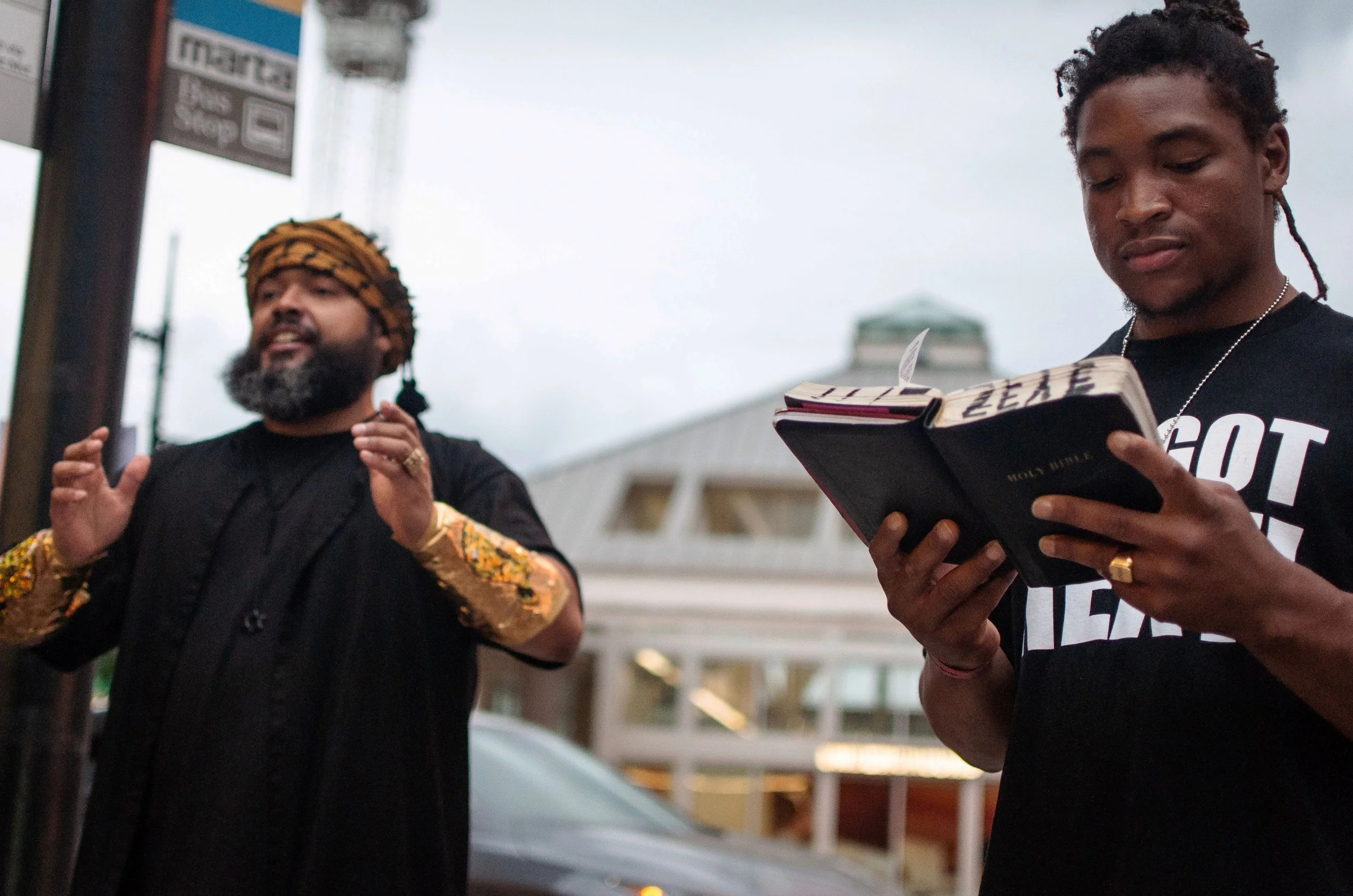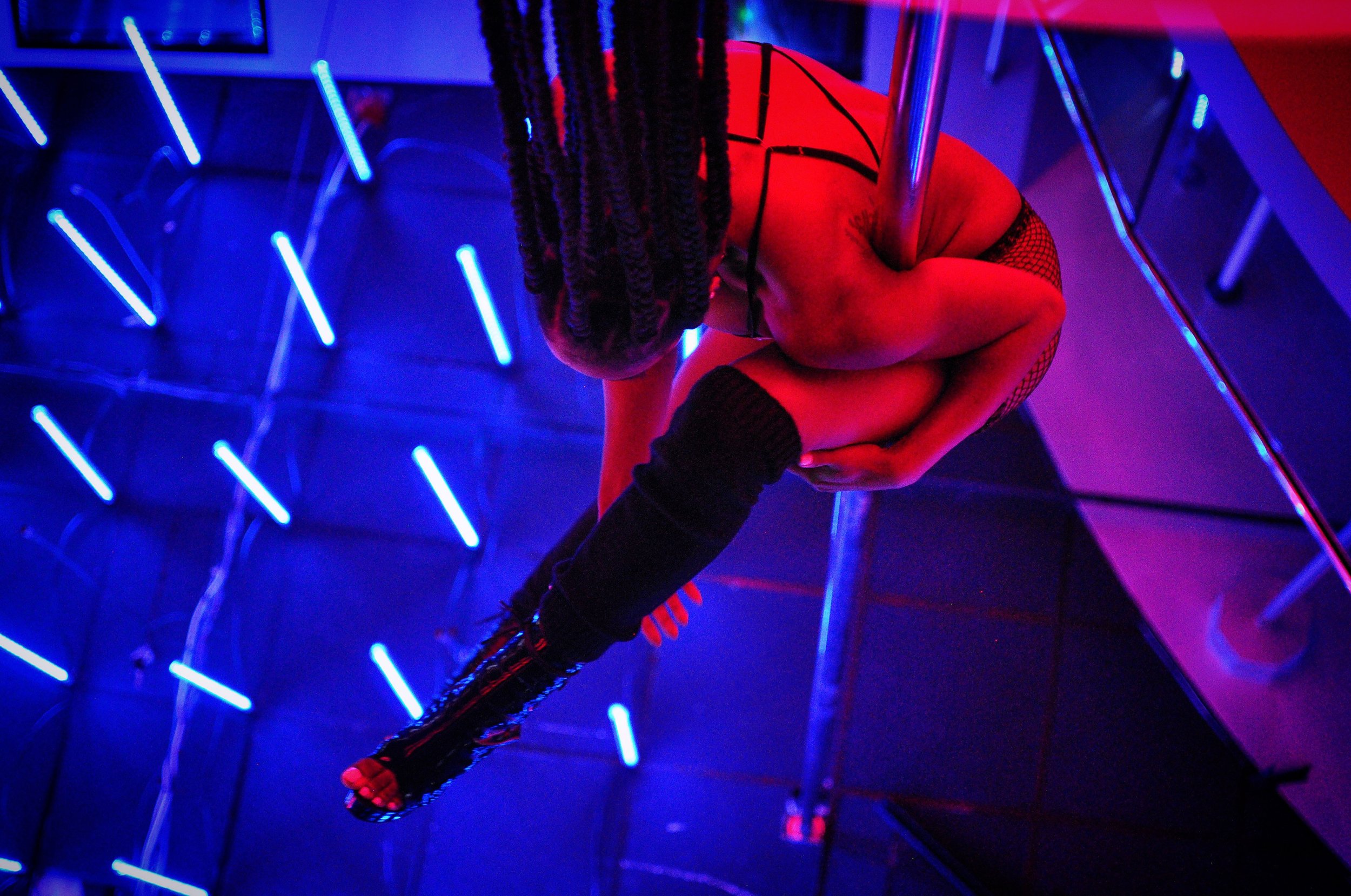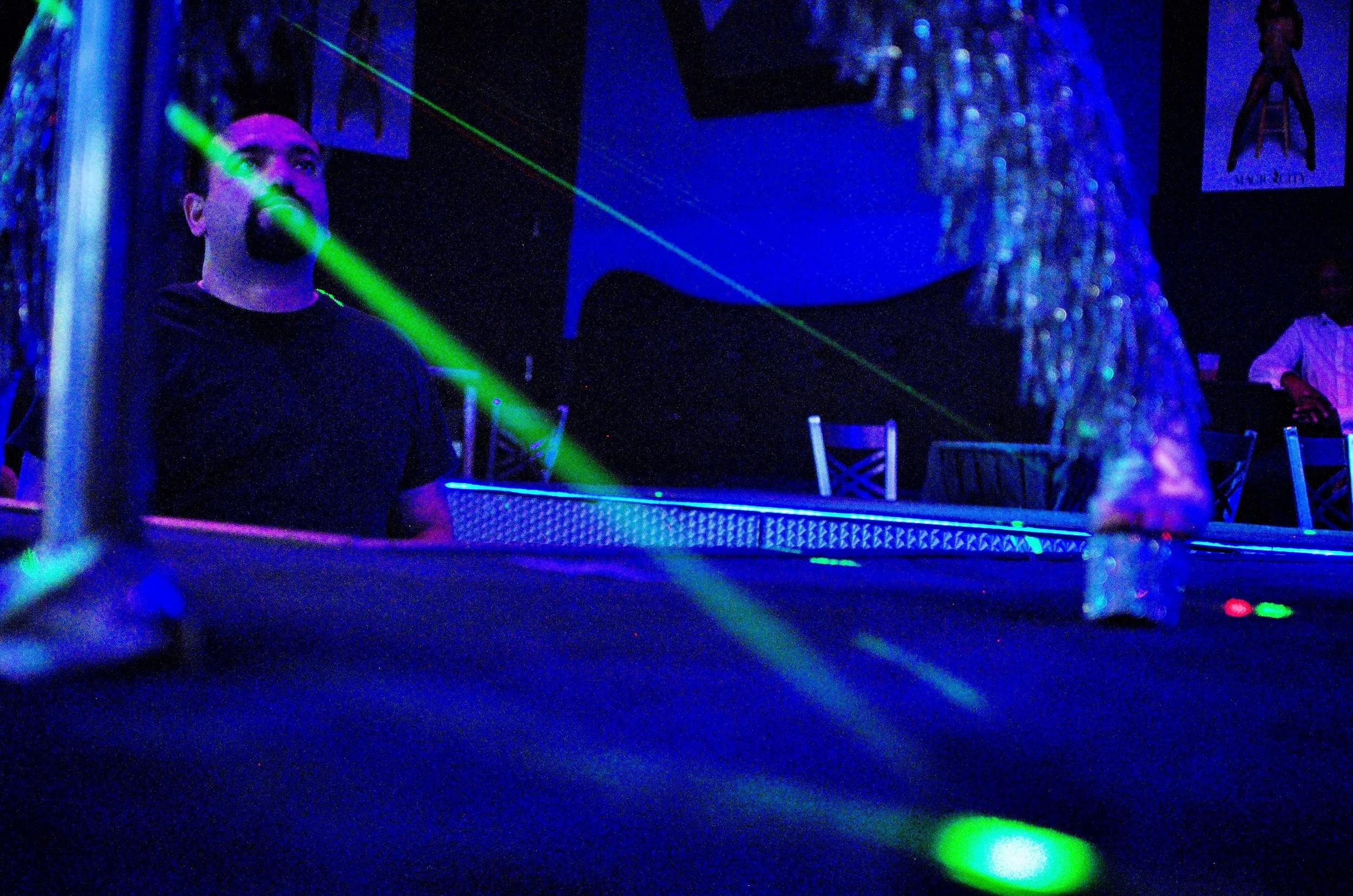Just Call Me Willis
TraPlanta is the ever-growing and always-changing portfolio of lifestyle and street photographer, Willis, an Atlanta native, often uses the city as the subject of much of his work, and its influence is consistently present throughout his photos. Capturing a wide variety of often contrasting subjects, from softer subjects of the day to the wild and unexpected scenes of nightlife, this documentarian style of photography is raw and gives viewers insight into life
“Despite ranking at only 2.2 on the trophic scale, humans are quite dangerous predators. Humans have some of the highest endurance levels of any animal. Human bite wounds may not seem dangerous, but the risk of infection from a bite is high if the skin is broken. There are high levels of bacteria and different types of viruses contained in human mouths that can turn a minor wound to a severe infection causing major complications.”
Your work is heavily influenced by Atlanta. How has your perception of the city changed as you've continued to document it?
It’s funny because i was in the military for 21 years and i think every service member longs for home when they are deployed. I find that making art helps me as a creator answer existential questions I have about life that I might not even know that I have. When i was deployed I longed for home, but photography kind of helped me find out what exactly i love about Atlanta.
Photography has given me such a nuanced view of the city. I think a lot of people march through the day with tasks and errands blocking their view of what’s around them, but photography has allowed me to stop and just observe. Ultimately to answer your question, when I first started I just wanted to find all the bombastic things in the city, now i look for the subtle Beauty in everything around me.
“The time frame between the end of the Old Testament and the beginning of the New Testament is about 400 years; this is known as the ‘Silent Years’.”
How do you stay inspired and keep your work fresh when photographing a city you know so well?
Variety is the spice of life, so I try to look and do “different” things in the city. When I first started I was in strip clubs a lot, then I started going to hoods around the city and just hanging out with all the trappers. It was like I was taking pictures of them at “work.” It struck me as a documentary of “workplace environment.” The trick is to explore and keep your eyes open. The spirits of the great masters will show you things if you’re receptive to your surroundings.
“In the 19th century, dentures were made from ivory and teeth extracted from human corpses and animals. The battle of Waterloo created so many dead soldiers that itprovided many barrels of high quality teeth, so many in fact that they collected and much sought after. The were sold on the market under the name ‘Waterloo Teeth.‘‘
What inspired you to start documenting your surroundings?
About five years ago, I went to the “Trap Music Museum,” which didn’t sit right with me. It seemed like a caricature of what the “hood” really was. I remember when I was stationed in Germany I went to a western-themed amusement park (it was actually Bavaria) called “Die lebende Westernstadt.” I went with a friend from Texas and the whole time he HATED it, I didn’t understand it then, but I do now. I remember at that moment thinking I could show a more authentic image of the city than this and so I did.
“The term "mentor" comes from Homer's Epic "The Odyssey". In the massive tale the character Telemachus who is the son of Odysseus and Penelope has an advisor named Mentor who gives him advice on how to keep suitors away from his mother while his father is away. Unbeknownst to him Mentor's real identity is that of Athena; the goddess of wisdom. It is for this reason that technically a person who receives knowledge from a mentor should be called a"mentoree "and not a ‘mentee.‘‘
Do any shoots or images stick out as most memorable or meaningful?
I remember I had taken a picture of some guys at a club and they all had money and fans had 100-dollar bills. I thought it was such a cool image. About a month later, I randomly saw one of those guys again and he had told me that one of the people in that picture had been killed in an act of street violence the day after I had seen them and that my picture was the last image of him there was. It kind of hit me that I was preserving this unknown history in the city. That moment made me start to take photography seriously.
On your instagram, @_traplanta_ , there is often a strong contrast of image to caption Images of strip clubs and daily life with interesting, often political, facts for captions. How do you decide on the captions?
To me it’s just as important and sometimes even more important than the image. Only I know what the image means to me; if I don’t find a good fact to go along with the picture I can’t convey my idea to the viewer and the image can get misinterpreted. It’s incredibly critical to get it right. I spend hours reading and looking up facts to go with my images. Sometimes I’ll take a picture and not post it for weeks or months until I find the perfect fact.
“According to Newton's third law, sex in zero gravity would be difficult because the movements would counter each other.”
What advice would you give to artists looking to capture the essence of a city in their work?
Photography is like making pancakes, it’s simple to do, but to make the perfect pancake/image takes skill, and you're definitely going to ruin a couple of pancakes/images on the journey to perfecting your technique.
What do you hope first-time viewers take from your work?
When they see my work, I hope they will have a deeper appreciation for knowledge and recognize the subtle beauty of things around them.
How do you see your work and subjects evolving or changing over time?
I see my work as a natural progression of the city around me and I try to get every facet of the Trap culture. I started with the strip clubs, and that led me to focus on the dancers and the outfits they wore. That made me realize that I was taking images of trappers at play but dancers at work. So, I started going to the hoods and taking pictures of the trappers “at work.” This made me observe the surroundings of the “workplace” and I started to actually “see” the hoods. The abandoned buildings we’d walk by all the time, the dilapidated dated hood’s the trappers and I sat in front of, and I wanted to explore these spaces and know what they were. Then I started going to these underground gambling houses and it was a form of “alternative fun” to the strip clubs. Where in the booty club you were spending money whereas in the gambling houses you could make money; it’s all connected.
“The word "mesmerize" comes from the name of Franz Anton Mesmer, an Austrian physician from the 1700's who is considered to be the father of modern hypnosis.”
PhotoBook Editor-In-Chief: Alison Hernon
PhotoBook Creative Director: Mike Ruiz @mikeruiz.one
Photographer: TraPlanta
Tearsheets by Nicolas Harris, Graphic Design Intern, PhotoBook Magazine
Interview by Ethan Engh, Contributor, PhotoBook Magazine










